If you’re one of the many British Columbians who bought a boat last year, you’ve probably had a whale of a time on the water… and you’ve probably been overwhelmed with everything you’ve had to learn. For instance, do you know what to do if you encounter a whale? The folks at Ocean Wise want to make sure you know what to do to ensure the safety of both yourself, and BC’s cetaceans (whales, porpoises and dolphins).
“By reporting sightings and following the marine laws, people can help reduce their impact on whales that they see, as well as help us better understand how these animals are using this shared environment,” says Aaron Purdy, South Vancouver Island Cetacean Research Initiative Coordinator.
Be Whale Wise on the water!
- LOOK: Know protected areas and consult your maps before getting on the water.When approaching an area that may have wildlife, scan in all directions and watch for blows and splashes.
- SLOW: Reduce your speed to seven knots when within 1000 metres of the nearest marine mammal to reduce your engine’s noise and vessel’s wake.
- SIDE: Always approach whales from the side, not the front or rear. This applies for kayaks and other paddlers as well as motorboats!
- KEEP YOUR DISTANCE: Stay 400 metres away from killer whales (with some exceptions) in Southern British Columbia coastal waters between Campbell River and just North of Ucluelet. Stay 200 metres away from killer whales in other areas. Stay 100 metres away from all other whales, dolphins and porpoises and 200 metres away if they are resting or with a calf. Never attempt to touch, feed or swim with wild animals. Remember that wildlife can be unpredictable, so the best way to keep yourself and the animals safe is to keep your distance.
- IDLE: If a whale approaches you, shift your engine to neutral or shut down and allow the whale to pass. Don’t park in the whale’s path, even if your engine is off.If dolphins or other cetaceans are bow riding, slowly reduce your speed.
- LIMIT: Limit your viewing time to 30 minutes or less. Consider the number of vessels present to reduce cumulative impact.
- DRONES: Drones must not approach marine mammals within the prescribed distances outlined in the Marine Mammal Regulations. Make sure you know and follow all regulations for your area.
You can help! Share your whale sightings
The more we know about whales and their habits, the better we can protect them. You can report your whale sightings via the WhaleReport App or at wildwhales.org/sightings.
Your sightings support ongoing research, and cool initiatives like the WhaleReport Alert System. The WRAS is a situational awareness tool that helps commercial mariners decrease their impact on nearby whales. By reporting your sightings in real time via the WhaleReport app, you directly inform ferries, tugs and freighters of whales’ locations so they can slow down or divert course to minimize the risk of ship strike or disturbance!
This project was funded by the Government of Canada. To learn more marine mammal guidelines and the B.C. Cetacean Sightings Network, visit wildwhales.org.

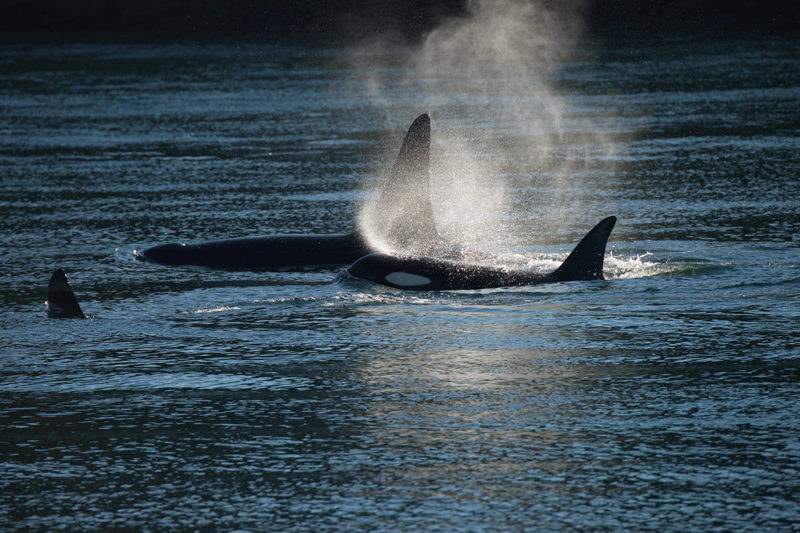
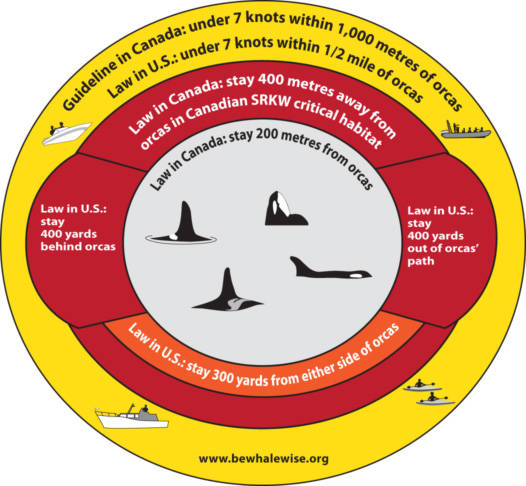
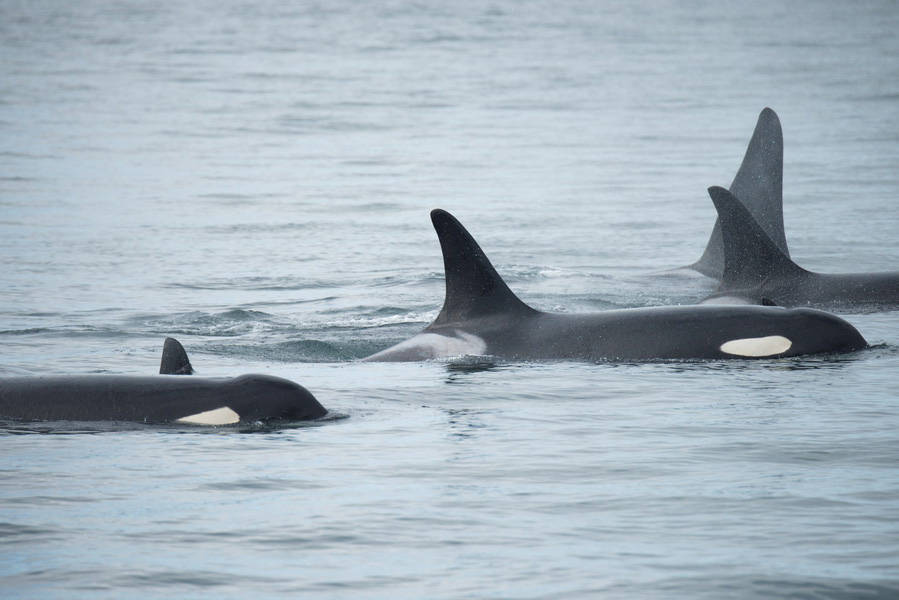





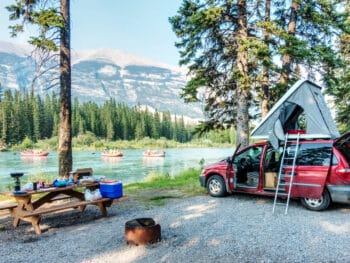

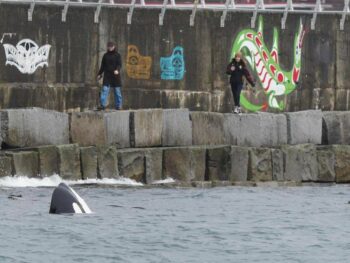

 BC is home to 3 of Canada’s best beaches: Lonely Planet
BC is home to 3 of Canada’s best beaches: Lonely Planet